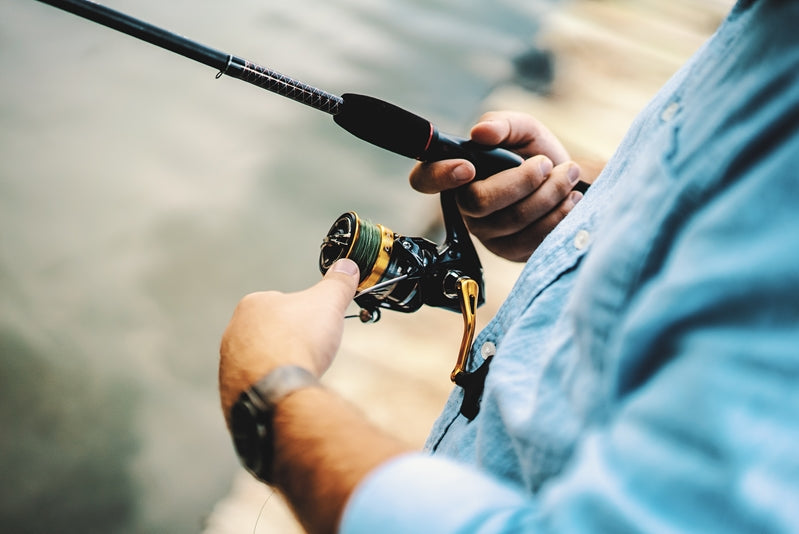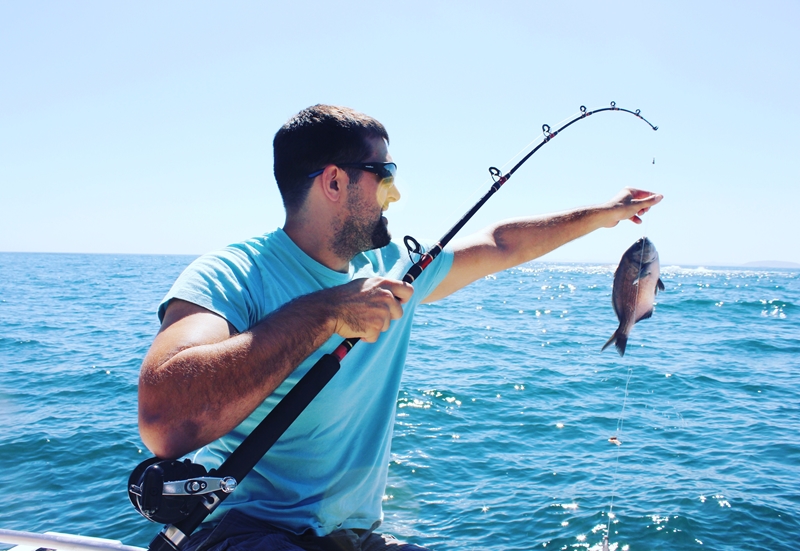
Fishing is a much-loved pastime for many Australians. It's not hard to see why. Between memories made bonding searching for elusive fish and enjoying the fruits of your catch for a delicious dinner, there's plenty to be enjoyed from this age-old activity. For those in New South Wales, there are a few rules and regulations to adhere to before you head out on the water - here's what you need to know.
Do I need a fishing licence in New South Wales?
The short answer is no - an official license isn't needed to fish in New South Wales. You do, however, legally need to pay the New South Wales Recreational Fishing Fee. Keeping this receipt on hand when you're out on both salt and fresh water acts as a form of licence.The fees are in Australian dollars and are as follows:
- $7 for three days.
- $14 for one month.
- $35 for one year.
- $85 for three years.
There are few exemptions where a fishing licence isn't necessary, according to the NSW Government Department of Primary Industries. These include:
- Being a person under the age of 18, or an adult assisting a minor fishing using a single rod or catching prawns with a scoop net.
- An aboriginal person.
- Fishing in a private dam with a surface area of less than two hectares.
- Pensioner or TPI (Totally and Permanently Incapacitated) card holders.
Whether you're spear or hand fishing, bait collecting or prawn netting, you need to pay the fee in order to recreationally fish legally. If your receipt has gone missing or is stolen, you'll need to contact the Department of Primary Industries to request a copy.

What are the regulations around recreational fishing?
Though our oceans and rivers seem to overflow with fish and sea-life to catch and enjoy, the reality is that this wouldn't be the case if there weren't stringent regulations in line to restrict the amount taken from these waterways. There are different regulations for different fish, which are all listed on the Department of Primary Industries website. Examples of maximum limits for saltwater fish on one fishing excursion include:
- Ten snapper.
- Five yellowtail king fish.
- Five Australian salmon.
- One marlin - although one of each of the three species is allowed.
To further regulate fish population, the Department of Primary Industries permits a set amount of gear for recreational fishing purposes. A person is only allowed a maximum of four rods or handlines at any time, and lines are restricted to three hooks per line, or three gangs of hooks with no more than five hooks per gang. This isn't as restrictive as it sounds - there's plenty to catch with a few good lines held in a quality rod rack. In freshwater - such as rivers and lakes - a maximum of two hand lines or rods are permitted per person with no more than two hooks on each line.
Before you head out on the water, it pays to have a thorough read of the regulations around recreational fishing and if possible, keep these on hand. There are different rules around the size of fish you can catch - the last thing you want to come away with is a penalty for catching an undersized fish.
Set out for your recreational fishing adventure on the right foot with a trip to Hunts Marine. Packed with a range of fishing accessories, safety gear and tried-and-true fishing advice, our team are sure to get your excursion out on the water started the right way. For more information, get in touch with our team.




